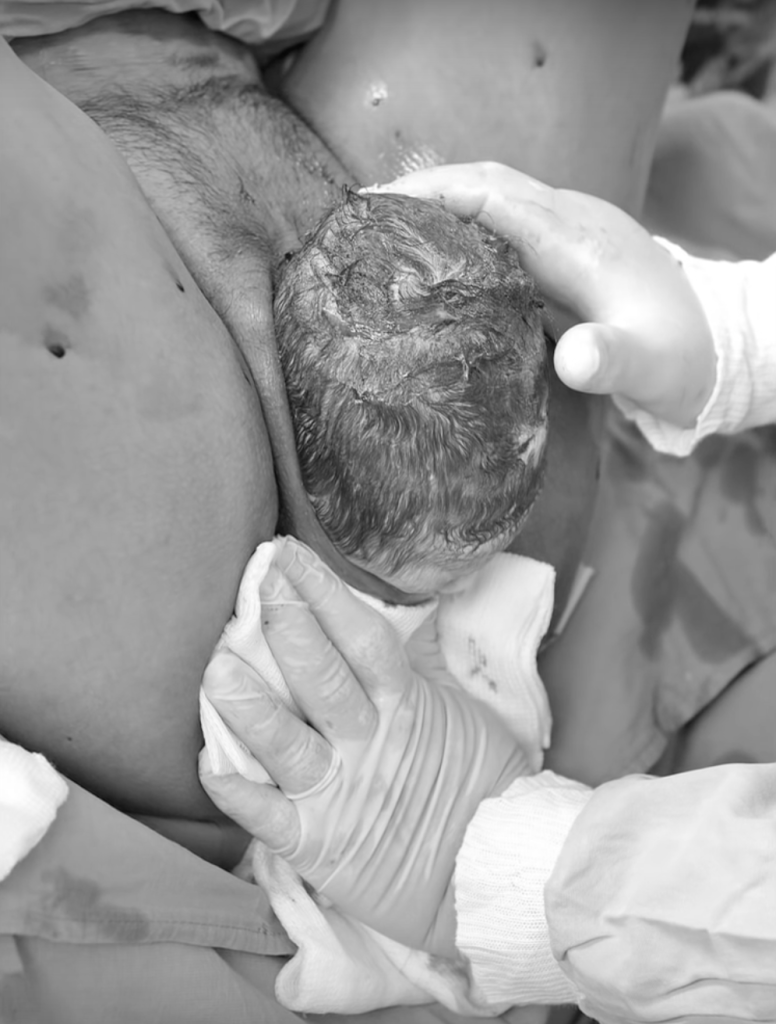Assessing A Patient With Labor Contractions
Published (updated: ).

Initial management of the patient will be guided by the primary survey. Generally, obstetric patients are conscious and able to communicate their problems with EMS. In order to get to the problem, a focused history and physical exam will be completed. The focused history and physical exam answers the question, “why am I here?” Despite being used for any patient encounter where the need for EMS is not obvious (like a burn patient), the focused history and physical exam always follows the same blueprint:
- Ask the patient what is wrong – It’s no big secret about what to ask, just follow the SAMPLE interview questions.
- Take some vital signs – At a minimum, take a blood pressure, pulse, and respiratory rate.
- Perform a focused physical exam – A focused physical exam is a physical examination or verification of the patient’s problem. In the case of chest pain, the medics might look at the chest. In the case of labor contractions, the medics need to check for crowning.
Is the delivery imminent? The SAMPLE history could reveal clues
The SAMPLE history allows EMS a glimpse into a patient’s complaint and medical history. Based on what the patient told the medics during the SAMPLE history, follow-up questions may be asked. Specific questions that are helpful when assessing an obstetric patient complaining of labor contractions include:
- Any bleeding?
- Is this your first pregnancy?
- Any known complications to this pregnancy?
- Have you seen the blood show?
- Has your water broke?
- How far apart are the contractions?
- Any other medical history?
You can ask a million questions, but there is only one way to see if the patient is in the process of delivering a baby….

What happens if you look and don’t see any crowning? Transport to the obstetric unit without delay. The reality of labor contractions is they are the most real to the mother having them. The contractions could be false labor contractions (known as Braxton-Hicks contractions) or she could be trying delivery a baby. The baby could be on it’s way or will be delivered tomorrow; obstetrics is a very uncertain field.
